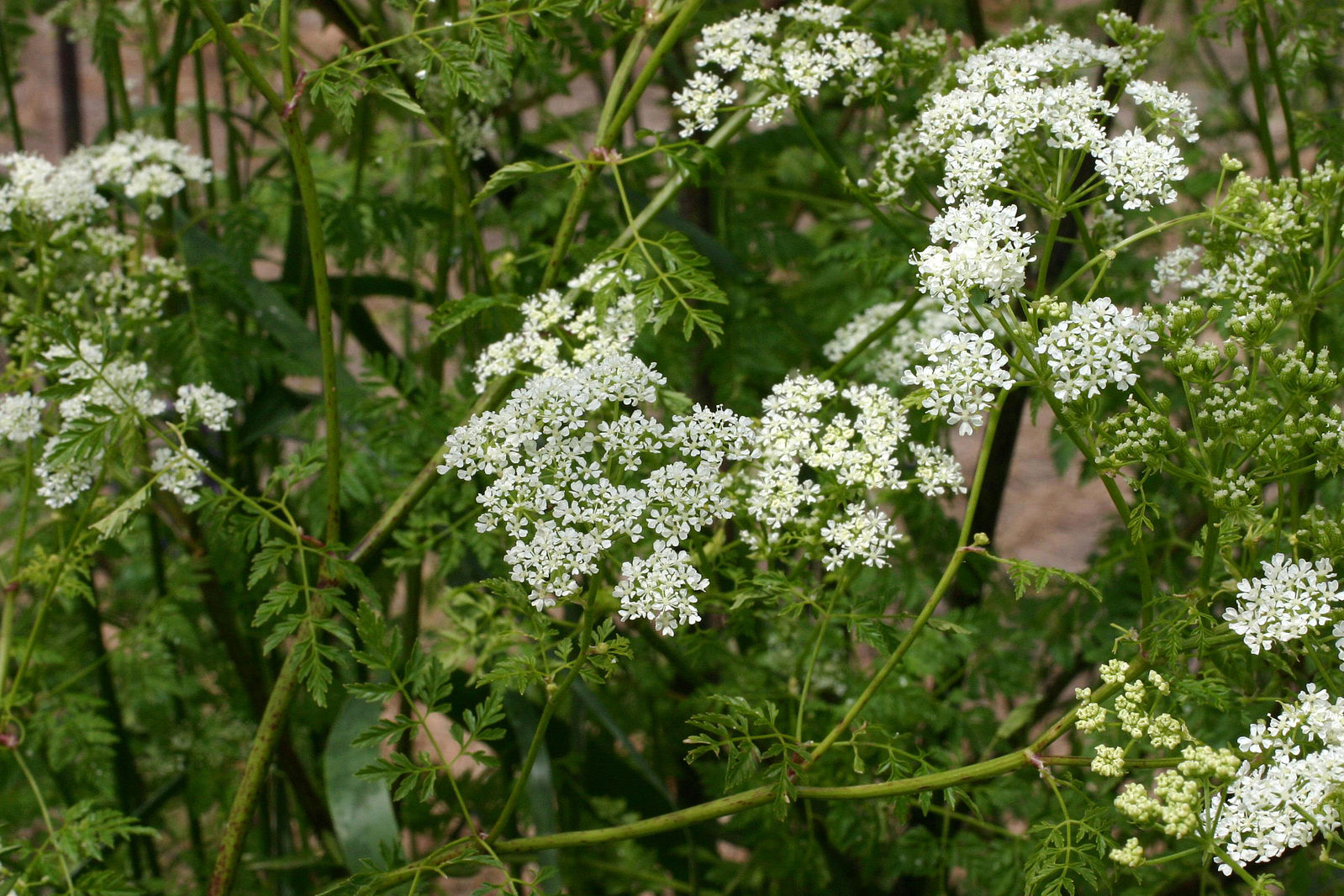Highly toxic poison hemlock in full bloom throughout Missouri

COLUMBIA, Mo. — Missouri roadsides, hillsides and pastures are decorated with white spring flowers, but those flowers are poison hemlock. This weed is highly toxic to humans and animals, according to University of Missouri Extension weed scientist Kevin Bradley.
Poison hemlock is one of the first weeds to green up in spring and grows six feet high. Once found primarily in pastures and fence rows and along roadsides, it now appears as a weed in no-till cropping systems. It is a biennial, taking two years to grow and germinate seeds. Poison hemlock produces up to 38,000 seeds per plant and all parts of the plant are poisonous.
Nonchemical control options include weeding, mowing and tillage. In crops, growth regulator herbicides and products that contain 2,4-D, dicamba or 2,4-D plus triclopyr are options.
The key to control is applying the herbicide when plants are young and still in the rosette stage. Mature plants do not respond to chemical control measures.
The alkaloids in poison hemlock are particularly toxic to cattle and horses, even in small amounts, says Tim Evans, toxicology section head at MU’s Veterinary Medical Diagnostic Laboratory.
In relatively small doses, the alkaloids can affect the nervous system like nicotine, with clinical signs including dilation of the pupils, increased or reduced heart rate, coma, trembling, nervousness and respiratory paralysis, suffocation and death.
Remove animals from infected pastures and contact a veterinarian immediately if animals show signs of poisoning. Death can occur quickly.
Cattle, sheep, goats and pigs that eat this plant during the first trimester of pregnancy may give birth to offspring with limb deformities, a condition known as crooked calf syndrome in cattle and more generally as multiple congenital contractures.
Immature poison hemlock leaves seem to be most palatable to unsuspecting livestock. Animals usually avoid mature plants, especially when offered other palatable feedstuffs.
When dealing with poison hemlock, wear protective gear including gloves, long sleeves, pants and eye protection. Sap from poison hemlock touching the skin can cause blisters and welts, according to the U.S. Department of Agriculture. There is no known treatment.
Poison hemlock looks like Queen Anne’s lace, another weed that bears white, lacy flowers and fern-like leaves. Both have hollow stems, but poison hemlock’s stem is hairless with purple blotches. Queen Anne’s Lace, or wild carrot, rarely grows more than 2 feet and poses no danger to humans or livestock.
For more information, see MU Integrated Plant Management’s Weed of the Month article on poison hemlock at mizzou.us/PoisonHemlock or the MU Extension guide “Plants Poisonous to Livestock” at muext.us/G4790.
To identify poison hemlock and other weeds, go to weedid.missouri.edu.
Miss Clipping Out Stories to Save for Later?
Click the Purchase Story button below to order a print of this story. We will print it for you on matte photo paper to keep forever.

